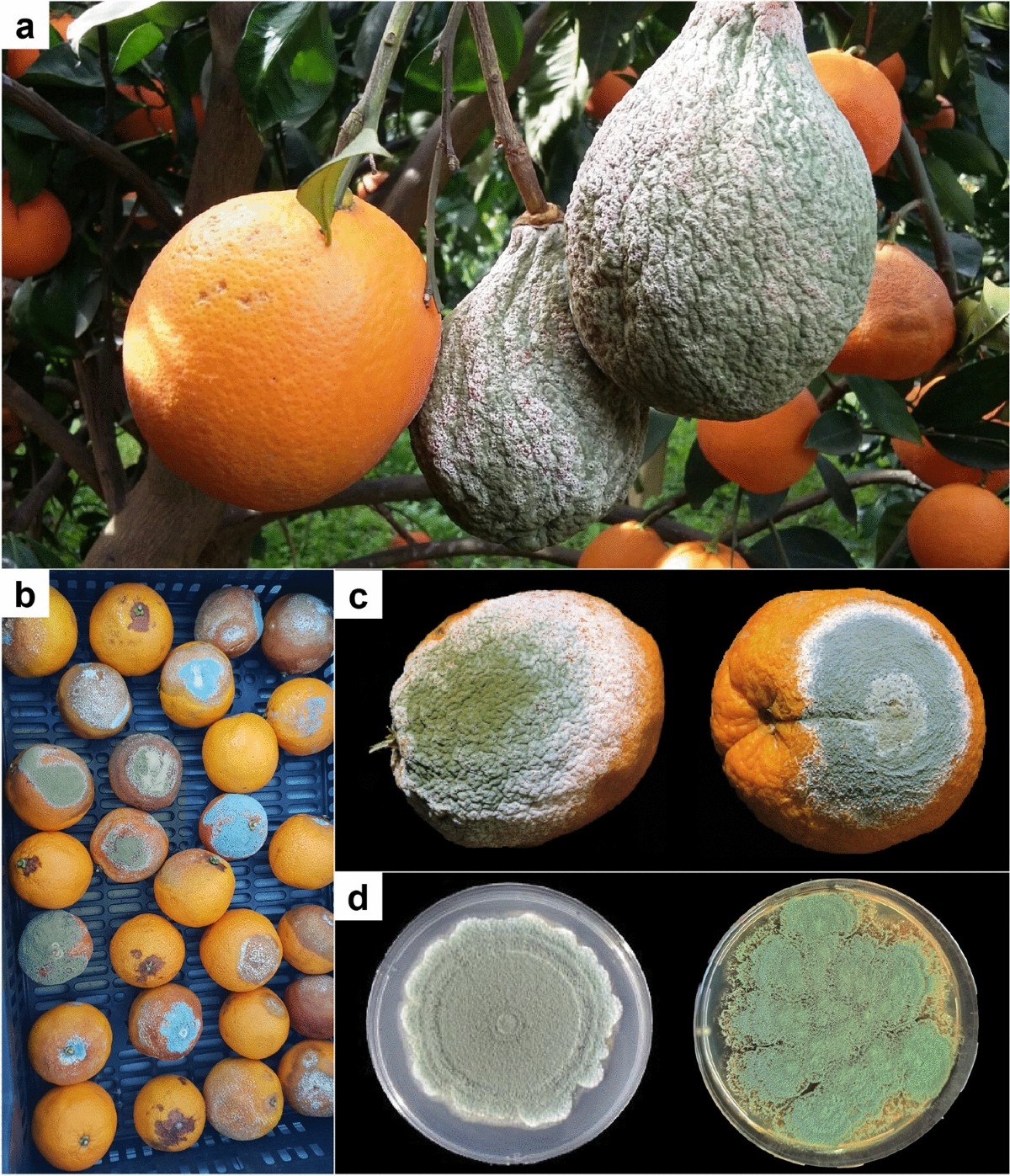Orange trees are susceptible to various diseases that can affect the fruit’s quality and yield. It is important for citrus growers to be able to identify these diseases early on to prevent further spread and damage to the crop.
Here, we will discuss some common orange fruit diseases and provide pictures for better identification.
1. Citrus Canker
Citrus canker is a bacterial disease that causes lesions on the fruit, leaves, and stems of orange trees. The lesions are usually raised, corky, and have a water-soaked appearance. In severe cases, the fruit can become distorted and drop prematurely. Here is an image of citrus canker for reference:

2. Citrus Black Spot
Citrus black spot is a fungal disease that affects the fruit of orange trees. It appears as dark, sunken lesions on the fruit’s surface, which can cause the fruit to become unmarketable. The disease is more prevalent in humid climates. Below is an image of citrus black spot:

3. Alternaria Brown Spot
Alternaria brown spot is a fungal disease that causes brown, sunken lesions on the fruit and leaves of orange trees. The lesions can expand and become covered in a dark, velvety mold. This disease can reduce the fruit’s quality and yield. Here is an image of Alternaria brown spot:

It is important for citrus growers to implement proper disease management practices, such as regular pruning, sanitation, and the use of fungicides, to prevent the spread of these diseases. Early detection and treatment are key to minimizing the impact of orange fruit diseases on the crop.
In conclusion, identifying and managing orange fruit diseases is crucial for maintaining a healthy and productive citrus orchard. By being vigilant and proactive in disease prevention and control, growers can ensure the continued success of their orange crop.
